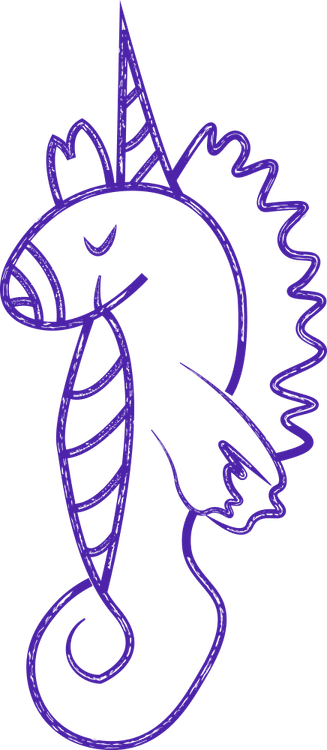
state transition
State Transition: The Driving Force Behind Computational Choreography
A state transition represents the evolution of a system from one state to another in response to an event or condition. It's the heartbeat of a state machine, giving it life, dynamism, and the capacity to evolve. Without state transitions, a state machine would be static, incapable of progressing or responding to inputs.
Imagine a traffic light system — it transitions from a 'red' state to a 'green' state when the timer event occurs, and then transitions to an 'amber' state before returning to 'red'. Each of these changes is a state transition, propelled by certain conditions or events, and together they ensure the smooth functioning of traffic control.
In a state diagram, state transitions are typically represented as arrows going from one state (the source state) to another (the target state). These arrows are often labelled with the event that triggers the transition or the conditions that must be fulfilled for the transition to occur. Sometimes, state transitions also have associated actions, which are operations executed when the transition takes place.
State transitions are fundamental to various fields, from digital electronics and computer science to physics and biology. In software engineering, they're used in game development, user interface design, network protocols, and more. State transitions also underpin the operation of neural networks and genetic algorithms, embodying the learning and evolution in these systems.
Designing a system with state transitions requires a careful balancing act. One must ensure that all possible states and transitions are considered, that there are no dead ends or infinite loops, and that the system behaves as intended in all scenarios.
As we navigate the complex dance of computational systems, state transitions serve as our rhythm, guiding the progression of the dance and ensuring the system moves and evolves as needed. They're not just transitions; they're the leaps and pirouettes of our computational ballet, the pulses that drive the heartbeat of dynamic systems.
To end on a playful note, let's view state transitions as the moves in the dance of computation. Each move gracefully leads to the next, creating a fluid, dynamic performance. And now, a riddle for you: I'm not static, but always moving, from one state to another, I'm continuously grooving. What am I? The answer lies in the heart of this article!
Let’s build your next digital product — faster, safer, smarter.
Book a free consultationWork with a team trusted by top-tier companies.








